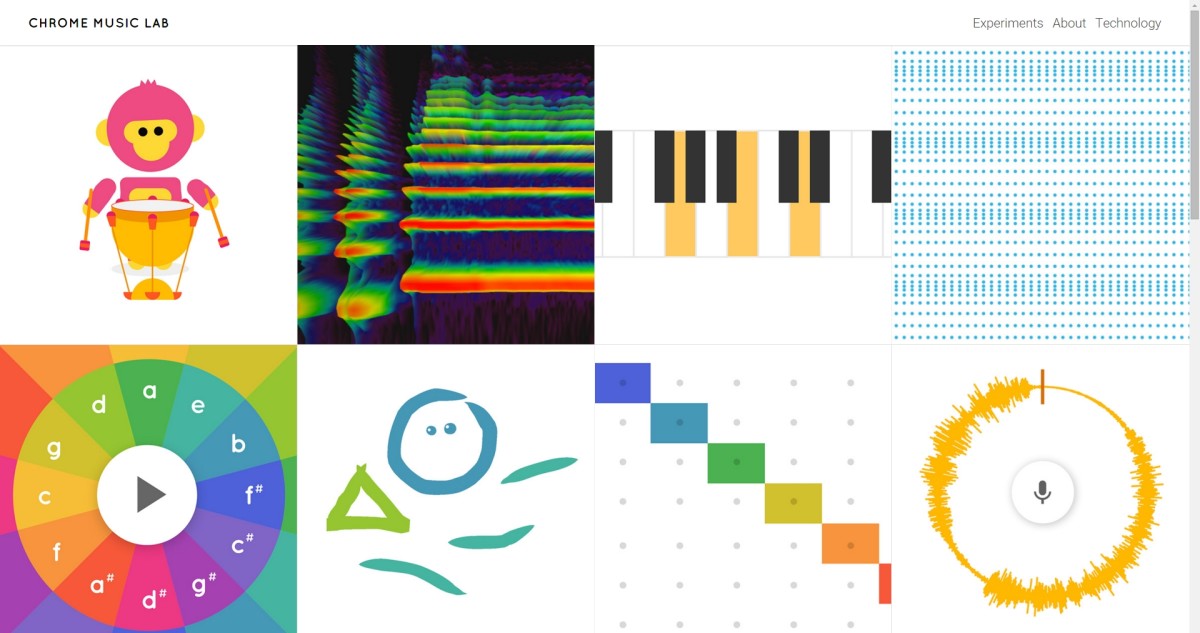



Ask students to create a pattern that demonstrates high vs low pitches.Compose simple rhythmic patterns in two parts.Demonstrate visually melodies that move by step or leaps.As a class, compose a bassline ostinato using the lower section of notes and then play it on classroom instruments (or sing it).Compose a melody using the pentatonic scale (you can change the scale in the Settings area).Recreate a song you have learnt in class (you can provide the starting note for the students).Set up templates or partially completed songs ahead of your lesson to save time during class.You can save or share a link to your song.You can use the mic to record notes into Songmaker.Click on Settings to change the scale, length of the song, range of notes, time signature and more.Change the playback sound and tempo with the options at the bottom of the screen.There are two rows of dots at the bottom for creating a rhythmic pattern. The top section of the grid can be used for high notes, and the lower section of the grid for low notes. There are a collection of tweets showing how other teachers are using the CML here.Ĭreate a song by clicking notes into the grid. How are other teachers using the Chrome Music Lab? One-to-one devices (1:1): students can work individually on the CML experiments.Shared devices: students can work in groups and collaborate while using the CML.Just one device: plug your laptop, Chromebook or iPad into a data projector with speakers attached so you can use the CML with your class as a group.The CML Lab will work no matter how many devices you have access to: Some of the experiments allow students to save a link to their work so they can come back and continue at a later stage, but many of them are designed to be used “on the spot”. It’s just something to be aware of and you can plan your lesson accordingly.

The CML has limitations (for instance, you can’t export or download work), but I don’t think this should be seen as a negative. I love the idea of using it as a starting point for a topic – a springboard activity which is followed by the rest of your lesson or unit of work. The experiments are:Įach experiment in the CML is super-useful for introducing or reinforcing a music/sound concept. The CML has 13 different areas to explore – known as “experiments” and each one has a different focus. It’s simple to use and its main aim is to allow visitors to explore sound and create with sound. The Chrome Music Lab (CML) – created by Google in 2016 – is a fantastic online resource for music teachers and students. What is the Chrome Music Lab? About the Chrome Music Lab


 0 kommentar(er)
0 kommentar(er)
